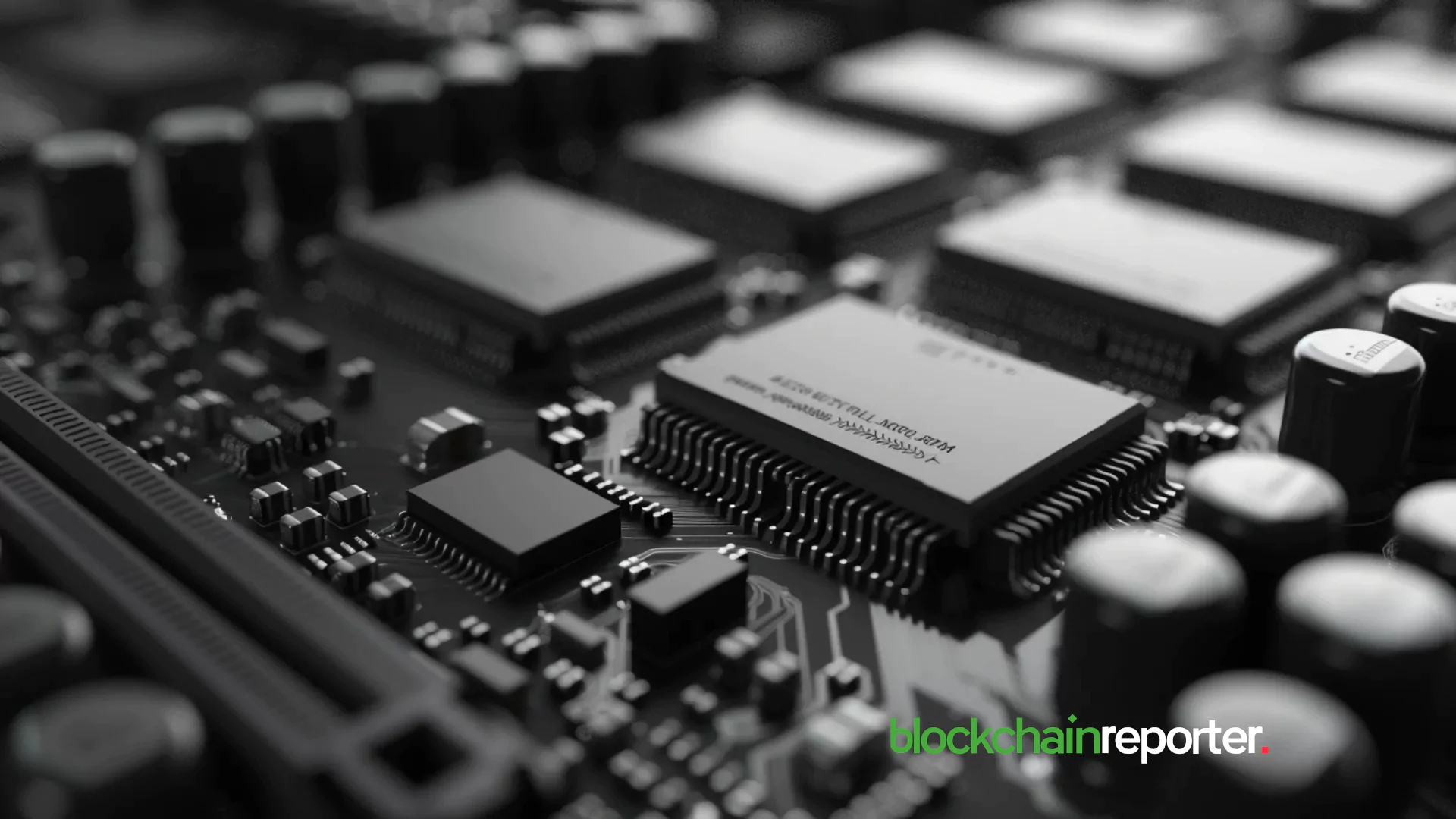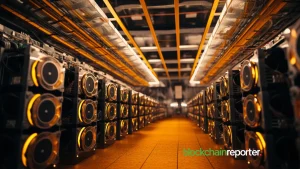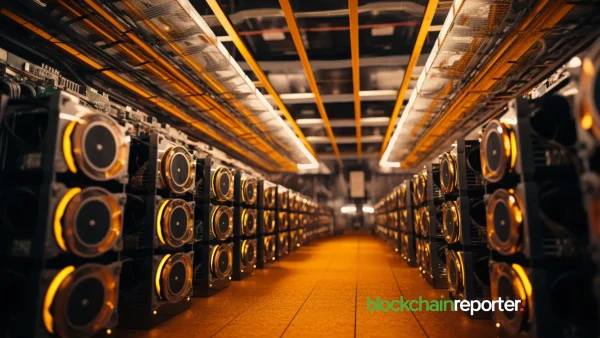
RAM is at the heart of EOS innovation, playing a vital role in resource allocation to developers building on its network. But despite its importance, RAM still remains one of the most widely misunderstood components of EOS’ architecture. The recent decision to end RAM inflation provides an opportunity to reexamine its importance in resource allocation and to consider what this means for the future of EOS development.
What’s the Deal With RAM?
In a computing context, RAM stands for Random Access Memory and describes a type of computer memory used to store data and machine code. It’s a temporary type of memory that is allocated for short-term tasks: switch off the computer and whatever’s stored in RAM is erased.
In a blockchain context, RAM performs a similar task on EOS, providing fast memory storage space for data. Everything from account balances to contract data is stored in RAM, which makes it an essential resource for developers: the more users interacting with your dapp, the more RAM you’ll require. Because RAM is tradable on EOS, market forces have always dictated the price of RAM. The less RAM there is available, the more you’ll pay.
Until recently, RAM was issued on an inflationary basis, in line with the emission schedule of many cryptocurrencies; over time, more of it enters the market and becomes available for developers to purchase. Recently, however, EOS made the decision to halt RAM inflation. The result, predictably, is that RAM prices have soared and are up 6x from their historical low. RAM is now a very precious resource indeed.
From 64 to 400GB
When EOS launched in 2018, 64GB of RAM was allocated. This provided enough working storage for contract tables, account permissions, and other functions essential to the blockchain’s operation. Blockchains increase in size over time, however, as new data is added and transactions completed, and thus the 64GB cap inevitably had to be raised. Proposals were passed to increase capacity, resulting in 64GB being added per year until a threshold of 400GB was reached.
While greater amounts of RAM have provided the storage to support dapp creation and keep account costs low, this added capacity has incurred an additional burden in terms of hardware demands. Higher amounts of RAM result in node operators incurring higher costs, which prices some participants out altogether. From a decentralization perspective, this is suboptimal, since a network is stronger when it has a larger number of node operators to call upon.
The solution to this problem was to put an end to RAM inflation. Capping the maximum size of this resource prevents hardware costs from rising to untenable levels – but there are naturally trade-offs involved. Nevertheless, a proposal to end RAM inflation was approved by a majority of block producers in December. Since then, RAM prices have risen exponentially.
RAM Market Goes Into Overdrive
RAM is bought and sold using EOS, with builders and users free to speculate on the price of the resource and to acquire it for developmental purposes. The primary purpose of this market isn’t to incentivize speculative behavior, however: it’s to allow fair market value to be determined. An AMM, controlled by the Bancor Relay algorithm, utilizes a dynamic pricing mechanism to facilitate this.
A highly liquid EOS-RAM pool contains $16M in TVL which constitutes the deepest pool on EOS, greater even than that for EOS-USDT. A 0.5% trading fee imposed on each trade provides a steady stream of protocol revenue and generates yield for EOS stakeholders. Major consumers of RAM include popular EOS dapp Upland, which utilizes 6.7GB, while the EOS EVM recently purchased 1.8GB to sustain its operations.
The uptick in trading activity, following the decision to halt RAM inflation, has boosted TVL, increased revenue, and enabled EOS RAM to be transformed into a web3 Real World Asset (RWA) – providing a foundation for where the EOS network is headed next.
Why RAM Represents the Future of EOS
It’s clear that the price, availability, liquidity, and allocation of RAM plays a pivotal role in determining the health of the EOS network. It’s the cornerstone of everything that’s built on EOS, and as a non-stable asset, there are novel financial products that can be created based upon this mechanism. RAM synths; RAM futures; RAM yield.
As the EOS Network Foundation concludes in its recent report on the matter, “The evolving dynamics of EOS RAM, from its scarcity-driven value to its appeal as a native Web3 RWA marks a turning point in EOS evolution and the dynamics of on-chain value.” In other words, RAM has transcended its original designation as a computational resource. It’s now a powerful, multi-functional asset that can be harnessed in novel ways. The future of EOS is now intertwined with the future of RAM.









